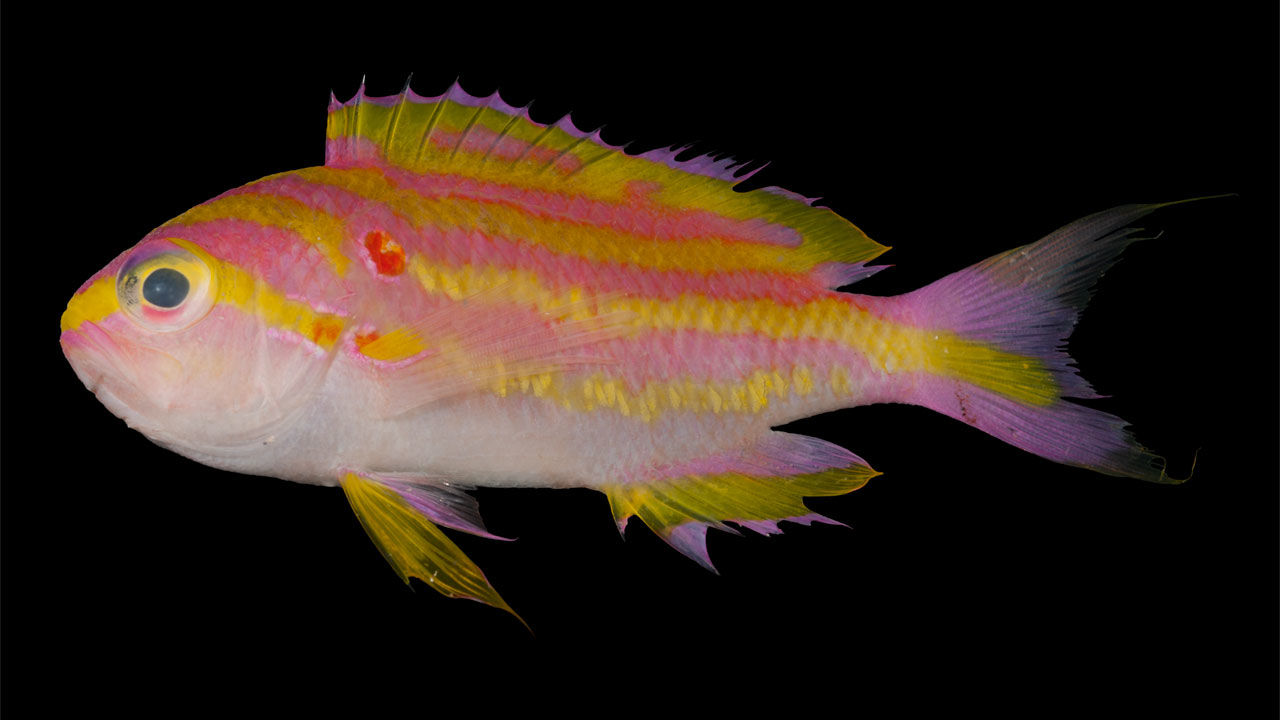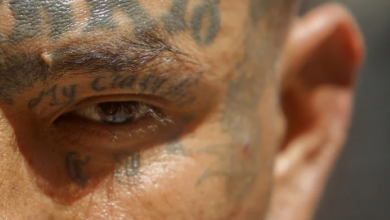Nine creatures named after Barack Obama


Barack Obama is leaving office in less than two weeks, nonetheless he will forever be immortalized in nine species named after him. They go from extinct lizards to trapdoor spiders and is the president with more species named after him than any before, with Roosevelt coming in second with seven.
Here are the creatures:
1 Aptostichus barackobamai (Trapdoor spider)
In 2012 biologist Jason Bond declared the existence of 33 new trapdoor spider species and named many of them after celebrities. One of them is named after Obama because Bond believed “his presidency is noteworthy. He’s been a true statesman in the face of ridiculous opposition.” A. barackomai are found among the redwoods in north-central California.
2 Etheostoma Obama (Spangled darter)
The spangled darter is found in Tennessee’s longest river and is a tiny fish that tends to zip around cold, clean waters. It is about 45mm long and is colored with iridescent blue and orange spots and stripes. The biologists who found it decided to named it after Obama because of his focus on clean energy and environmental protection.
3 Obamadon gracillis (extinct insectivorous lizard)
Paleontologists discovered the Obamadon fossil in Hell Creek Formation in Montana. It used to be a fearsome lizard to insects and was a third of a meter long and had tall and straight teeth. They named it after the 44th US President because the lizard’s impeccable choppers reminded them of Obama’s smile.
4 Paragordius obamai (hairworm)
This parasite grows up to 30cm long inside the bodies of their hosts, but they only infect crickets. The African hairworm was discovered in Kenya in 2012. Biologist Ben Hanelt named the parasite after Obama’s father and step grandmother as they are from a Kenyan town just 19km away from where he found the parasites.
5 Baracktrema obamai (turtle blood fluke)
This is the second parasite named after Obama. It was found earlier in 2016 and lives in the blood of Malaysian freshwater turtles. They are as thin as human hair and reside in the turtle’s lungs. Biologist Thomas Platt named them as a compliment to Obama because of its resilience throughout its life cycle and also because, “it’s long. It’s thin. And it’s cool as hell.”
6 Nystalus obamai (western striolated puffbird)
This fluffy birds with exceptionally large heads live mostly in solitary and are located in the Amazon treetops. Biologist Bret Whitney named them after President Obama for his impact on the development of green technology, particularly solar energy, that could help preserve ecosystems like N. obamai’s.
7 Teleodramma oabamaorum (African cichild species)
Along 40km in a stream in the African Congo swims the Obama-monikered fish. The cichlid was discovered in 2011 when a drought caused water levels to dip down low. Melania Stiassny an ichthyologist from the American Museum of Natural History in New York chose to name the fish the plural obamaorum in reference to both Michelle and Barack Obama for their commitment with science education and environmental conservation in Africa.
8 Caloplaca obamae (firedot litchen)
Thus orange-red lichen grows only on Santa Rosa Island off the coast of California. It was discovered during an ecological survey in 2007. It was the first organism named after President Obama after being chosen for his appreciation for science and science education.
9 Tosanoides obama (coral reef basslet)
This is the newest organism to receive their name from Obama. It is a pink, blue and yellow coral reef fish. It was discovered on June 2016 and it is the only fish to exclusively live in Papahanaumokiakea Marine National Monument in a protected reserve that Obama expanded in August.
LatinAmerican Post | Maria Andrea Marquez




